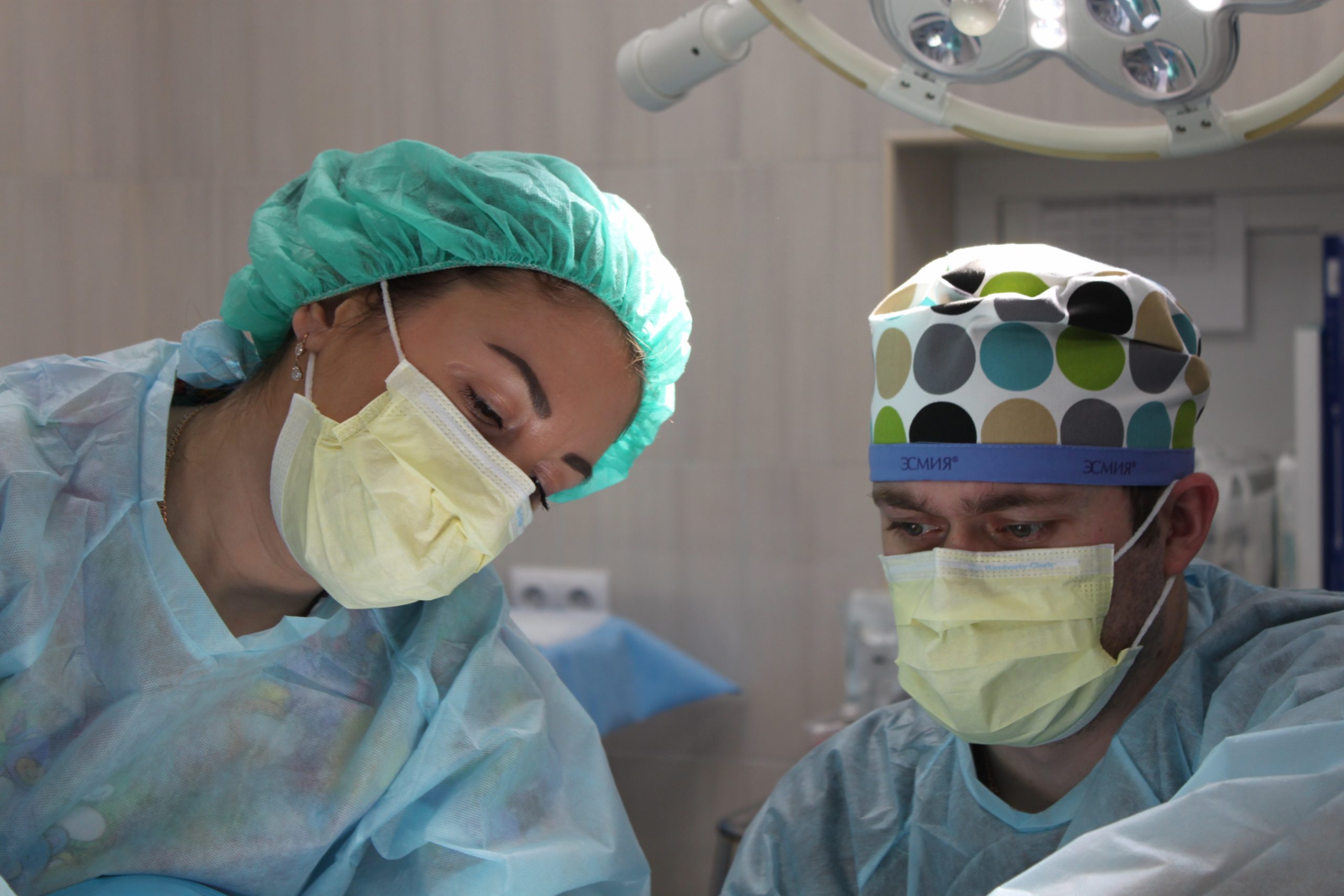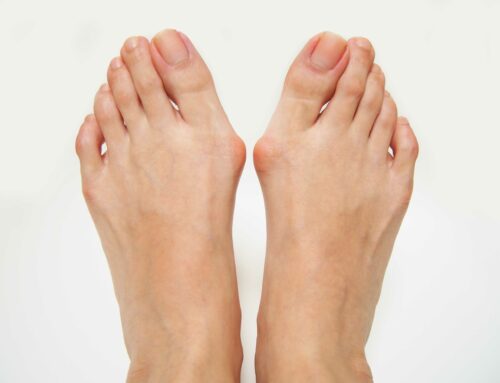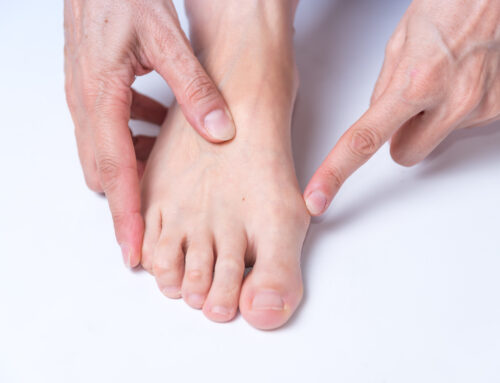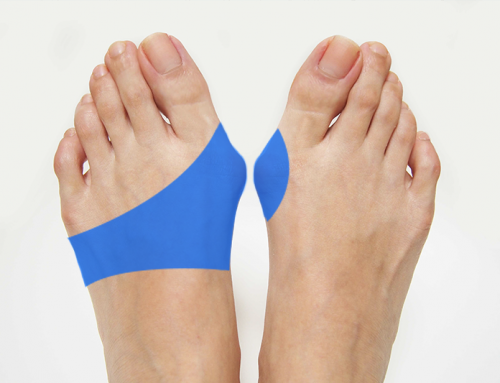Bunions are a common orthopedic medical condition, with as many as 1 in 3 Americans reporting experiencing bunion pain each year. Bunions can be caused by a number of factors, including the way you walk, the physical activities you partake in, or even the shoes you wear. Some people find that bunions have formed as a result of standing for long periods of time, while others are pre-dispositioned to bunions due to the natural shape of their feet. Regardless of the cause of bunions, if left untreated, they can cause prolonged pain and can lead to additional medical complications and risks. While there are some products on the market such as casts, toe splints, and over-the-counter medicine intended to manage and treat bunion pain, the truth is that the only way to put a permanent stop to bunion pain is by removing them at the source through surgery. Treating and removing bunions is a simple process, with new surgical procedures making it possible to remove bunions with little to no pain in an outpatient procedure which will last under 2 hours. Seeking help at the first sign of symptoms associated with a bunion can ensure its swift and easy removal, and decrease your risk of additional health issues or complications in the future.
What is a Bunion?
A bunion is a bump on the joint at the base of the big toe that can be caused as a result of imbalanced pressure being placed on the big toe over time. Bunions are common and can be easily removed, however, if left untreated, they can cause complications including the misalignment of other toes, ingrown toenails, and hammertoes.
What Causes Bunions?
Bunions can be caused by numerous factors, the most common of which include:
- Wearing Improper Footwear
Wearing shoes that are too small, too narrow, or place an imbalance of pressure on your foot or toes (such as high heels) is the most common cause of bunions.
- Natural Foot Shape
While bunions are not technically genetic, the natural shape of one’s foot can leave some at a higher risk of developing bunions than others. For example, those with naturally flat feet or low arches are more likely to develop bunions over time than others, due to the amount of pressure that is naturally placed on the foot and toes when walking.
- Injuries
Foot injuries or trauma can lead to bunions during the recovery process. This is a risk for those who suffer from traumatic or severe foot injuries as a result of playing sports or other athletic activities.
- Pre-Existing Medical Conditions
Medical conditions such as inflammatory arthritis can put many people at risk of developing bunions in the future. Additionally, genetic conditions that can affect the shape of one’s muscles including Ehler’s-Danlos syndrome or neuromuscular conditions like cerebral palsy can lead to a higher risk of experiencing bunions.
No matter what causes bunions, they can be painful and can make daily tasks and activities like walking, standing, and driving very difficult, especially when left untreated for a long period of time. Bunion pain can be treated at home with products such as shoe inserts or bunion braces, but these tools and treatment methods only provide short-term relief from pain as they do not treat bunions at the source. Many physicians warn that the only way to truly get rid of a bunion and decrease the risk of future complications is through surgery.
Is Bunion Surgery Worth It?
Bunion surgery has previously been considered one of the most painful medical procedures one can undergo, leading many suffering from pain to wonder, “is bunion surgery worth it?”
Luckily for many patients, minimally invasive surgery for bunion removal has made it possible to have bunions removed quickly, with no local anesthesia and a short, low-maintenance recovery period. The entire procedure of a bunionectomy takes less than 2 hours, and includes pre-operative and post-operative care. Patients will be able to walk, drive, and even go to work after surgery.
When asking “is bunion surgery worth it?” consider your level of pain. Bunion removal surgery will only take up to 2 hours of your time and can provide almost immediate relief of even the most painful symptoms. While the pain of mild bunions can be managed with over-the-counter treatments and products, they require the hassle of wearing awkward bunion braces or shoe inserts for a prolonged period of time. Even if these products provide temporary relief from pain, they will not permanently get rid of bunions. The only permanent cure for a bunion is surgically removing it. Bunion surgery is worth it for those who want to ease pain and resume their ability to do things like walk barefoot, play sports, and wear their favorite shoes again.
If you are suffering from pain associated with bunions, contact Northwest Surgery Center today to schedule a free consultation with our highly experienced team of experts, and learn about how you can get your life back with minimally invasive bunion surgery.
Feel free to meet our team as well here!
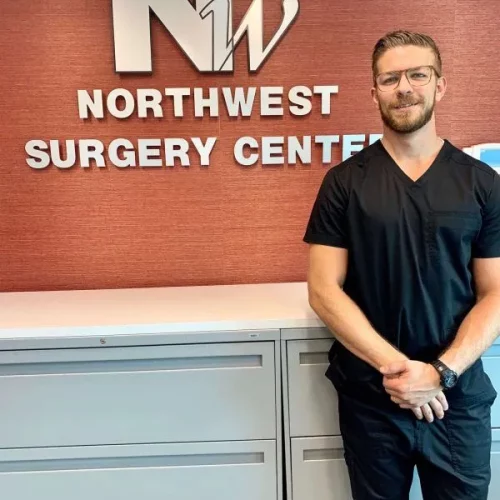
Reviewed By Dr. Sullivan
Dr. Jordan Sullivan, DPM, is a board-certified podiatrist at Northwest Surgery Center specializing in minimally invasive foot and ankle procedures. He’s passionate about helping patients get back on their feet faster with less downtime.
Learn more about Dr. Sullivan here.
